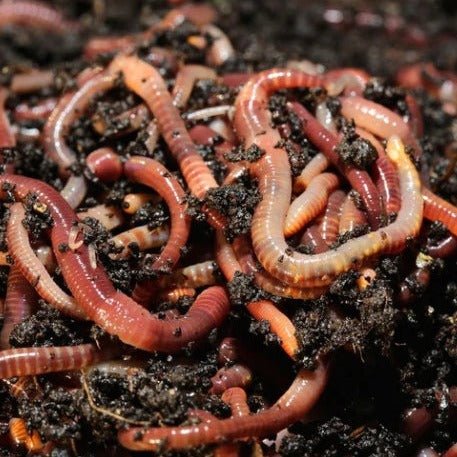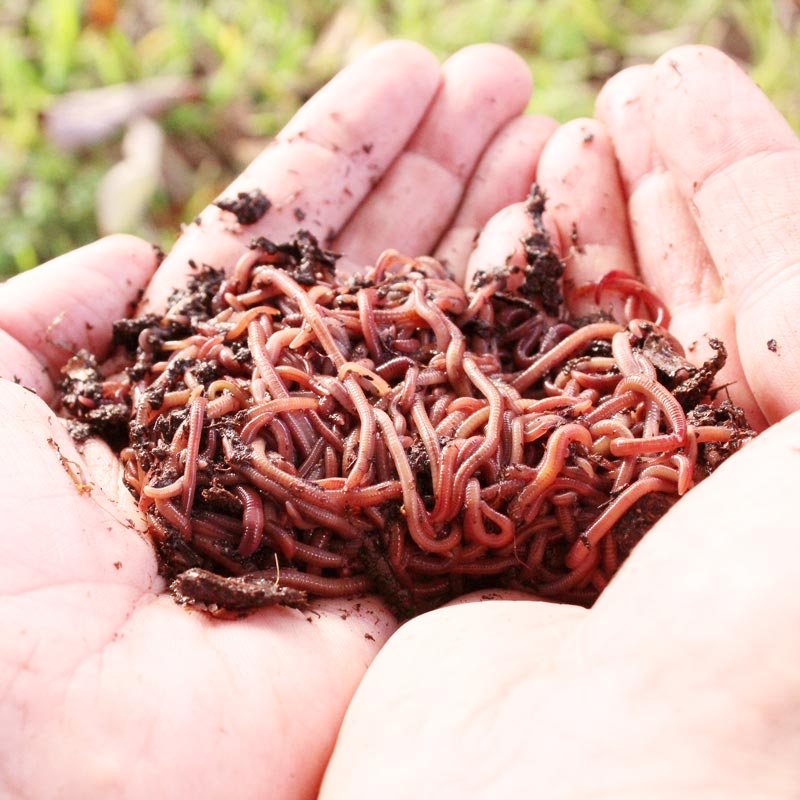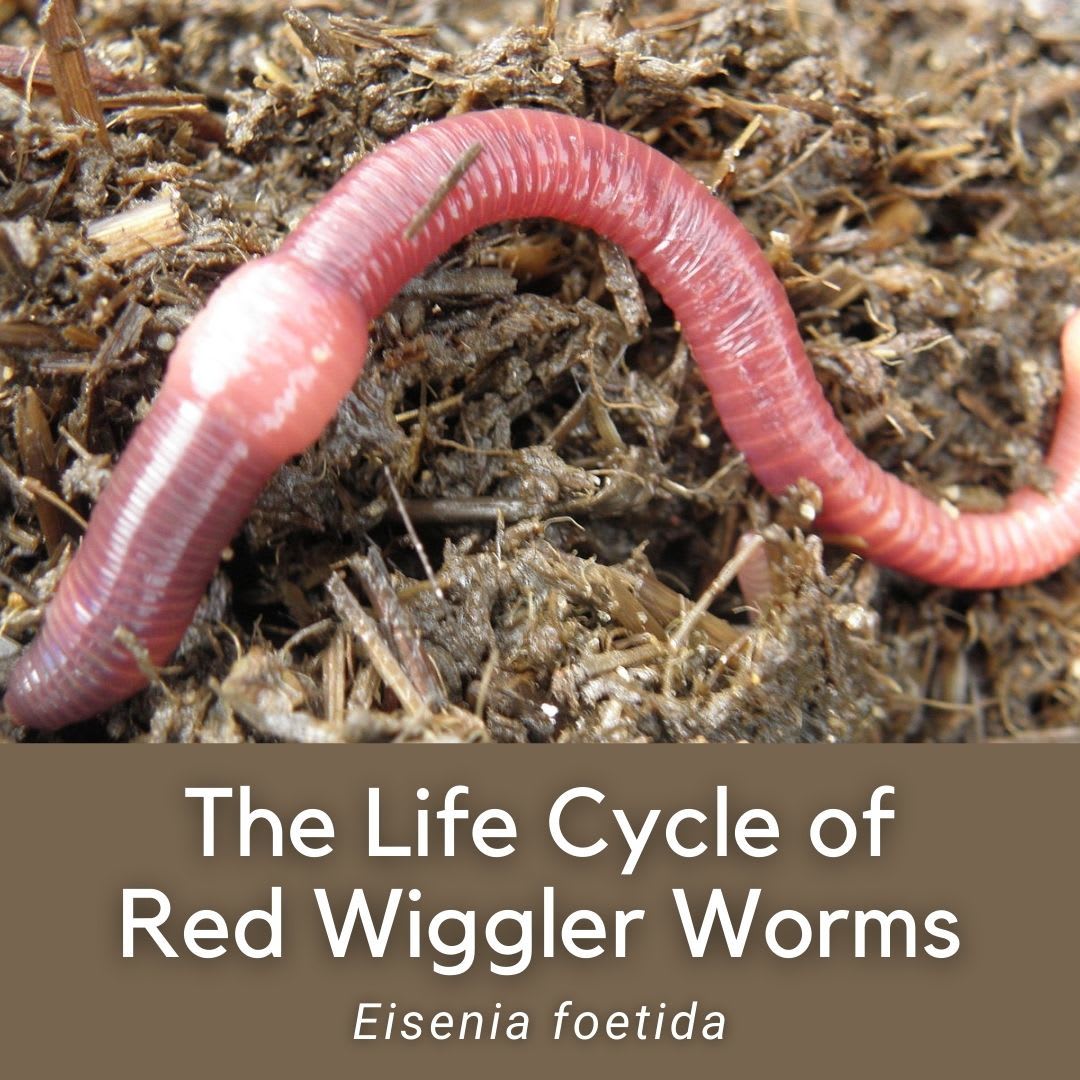Enjoy Healthy, Thriving Grass with the Help of Red Wiggler Express Lawn Care Tips
Enjoy Healthy, Thriving Grass with the Help of Red Wiggler Express Lawn Care Tips
Blog Article
Red Wigglers: The Unsung Heroes of Organic Waste Recycling
Red wigglers, or Eisenia fetida, serve as crucial agents in the natural waste reusing process, transforming thrown out products into beneficial vermicompost. As the world significantly looks for services to fight waste build-up and enhance farming efficiency, understanding the duty of these worms comes to be necessary.
What Are Red Wigglers?
The amazing resilience of red wigglers, medically referred to as Eisenia fetida, highlights their crucial duty in organic waste recycling. These little, reddish-brown earthworms are usually located in decaying raw material, such as compost heap and manure stacks. Lake Hickory Bait. Unlike other earthworm varieties, red wigglers prosper in nutrient-rich environments and are extremely efficient at breaking down organic products, making them vital for vermicomposting

(Lake Rhodhiss Bait)Along with their duty in waste decrease, red wigglers add to soil wellness by enhancing dirt framework and oygenation with their delving activities (Lake Hickory Bait). Their visibility in composting systems not only boosts decay prices yet also advertises a lasting approach to lose administration, illustrating their importance in environmental conservation initiatives
Benefits of Composting With Worms
Composting with worms, particularly red wigglers, supplies many benefits that boost both waste monitoring and soil health. These worms successfully break down natural waste, transforming it right into nutrient-rich vermicompost that enhances dirt. This procedure speeds up decay, permitting a much faster recycling of kitchen area scraps and various other natural products compared to standard composting techniques.
Furthermore, the vermicompost generated by red wigglers is including useful microbes, which aid boost dirt framework, oygenation, and moisture retention. This improves the general wellness of plants, advertising strenuous growth and boosted returns in yards and farming setups. The use of worms in composting minimizes the production of greenhouse gases, such as methane, contributing to a much more sustainable waste monitoring system.

How to Beginning Vermicomposting
Developing a vermicomposting system is a simple procedure that can yield considerable benefits for both waste management and dirt enrichment. To start, select a suitable container, such as a plastic container or wood box, with sufficient air flow holes to make certain proper air flow. The dimensions should ideally be about 2 feet by 3 feet, allowing sufficient room for the worms to flourish.
Next, prepare bed linen product, which can include shredded newspaper, cardboard, or coconut coir. This bed linen should be dampened to develop an ideal environment for the worms. Once the bedding is in location, present red wigglers (Eisenia fetida) into the container, commonly around one extra pound of worms for every single square foot of area.
Complying with the placement of worms, add organic waste, such as fruit and veggie scraps, coffee grounds, and smashed eggshells. With these steps, you will properly launch a vermicomposting system that adds to sustainable waste management and improves your soil.
Keeping a Healthy And Balanced Worm Bin
(Red Wiggler Express)Keeping a worm container prospering requires normal attention and treatment to guarantee the health of the red wigglers and the effectiveness of the composting process. Proper maintenance starts with keeping an eye on the moisture levels; the container must perspire yet not soaked. An excellent guideline of thumb is to keep a consistency comparable to a wrung-out sponge.
Aeration is critical also. Gently mixing the bed linens and food scraps every few weeks stops compaction and ensures that all worms have access to oxygen. In addition, it is essential to feed the worms suitably. A well balanced diet of vegetables and fruit scraps, coffee premises, and crushed eggshells must be supplied in moderation to prevent overfeeding, which can lead to odors and pests.
If the container comes to be also warm or cool, the worms might end up being stressed out. By vigilantly handling these factors, one can preserve a robust and effective worm container.
Effect On Sustainable Living
The successful upkeep of a worm bin not just profits the health and wellness of red wigglers but likewise contributes considerably to sustainable living techniques. By recycling natural waste, such as cooking area scraps and backyard debris, red wigglers help draw away considerable quantities of product from garbage dumps. This reduction in waste not just reduces greenhouse gas emissions but also lessens the environmental burden linked with waste monitoring.
In addition, the spreadings produced by red wigglers work as a nutrient-rich organic fertilizer, improving soil health and wellness and promoting plant development. This natural choice to chemical fertilizers sustains sustainable farming and gardening techniques, lowering dependence on synthetic inputs that can damage environments. Additionally, worm composting cultivates awareness of waste monitoring, encouraging people and communities to embrace even more sustainable behaviors.

Verdict
In summary, red wigglers act as essential contributors to organic waste recycling through their effective disintegration of natural products. Their ability to produce nutrient-rich vermicompost enhances soil health and wellness and sustains lasting farming methods. By incorporating vermicomposting right into waste administration strategies, individuals and communities can significantly decrease waste while promoting environmental sustainability. The role of Eisenia fetida in promoting healthy and balanced ecological communities emphasizes the value of these organisms in accomplishing lasting living and boosting soil fertility.
Report this page